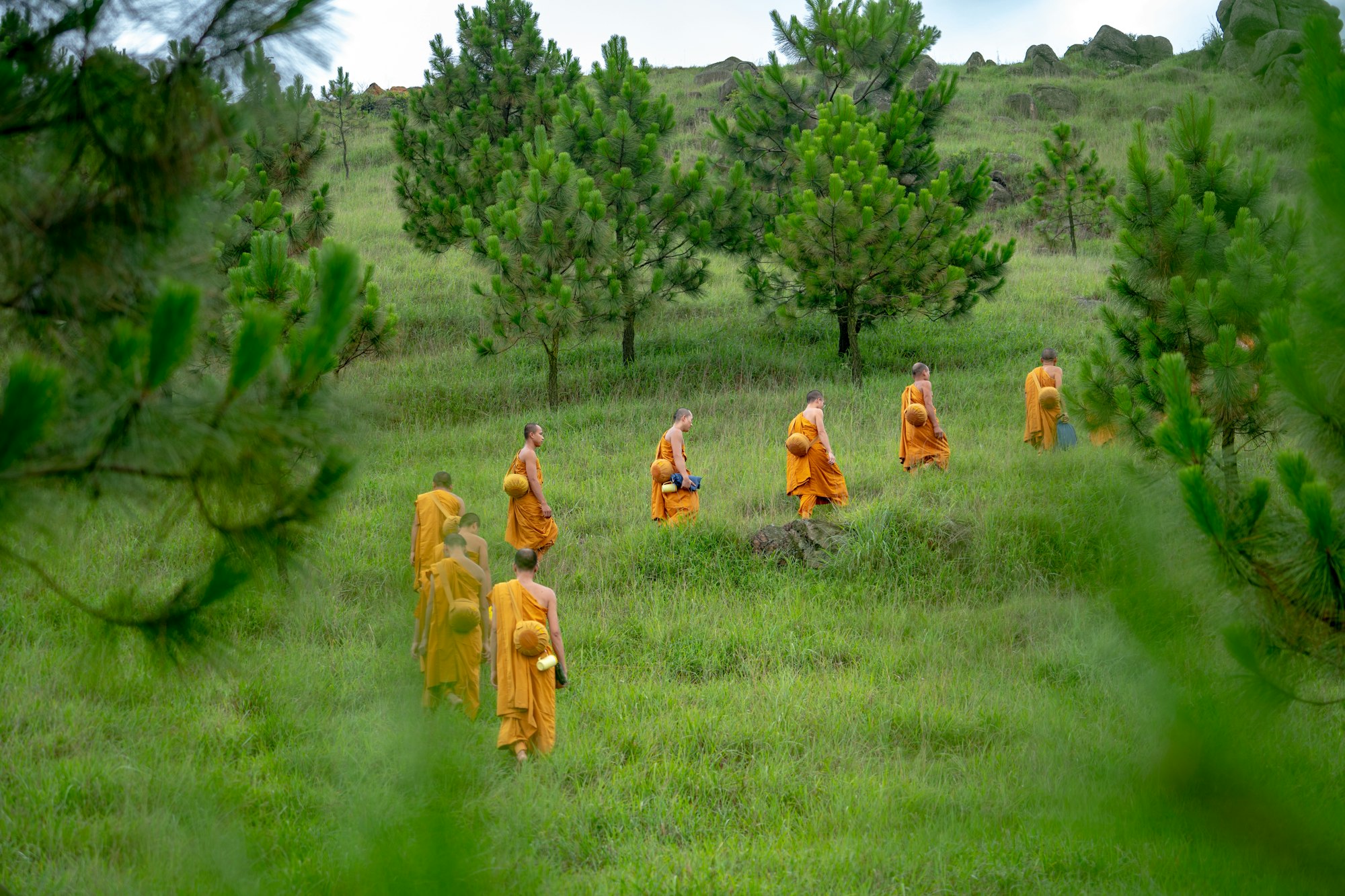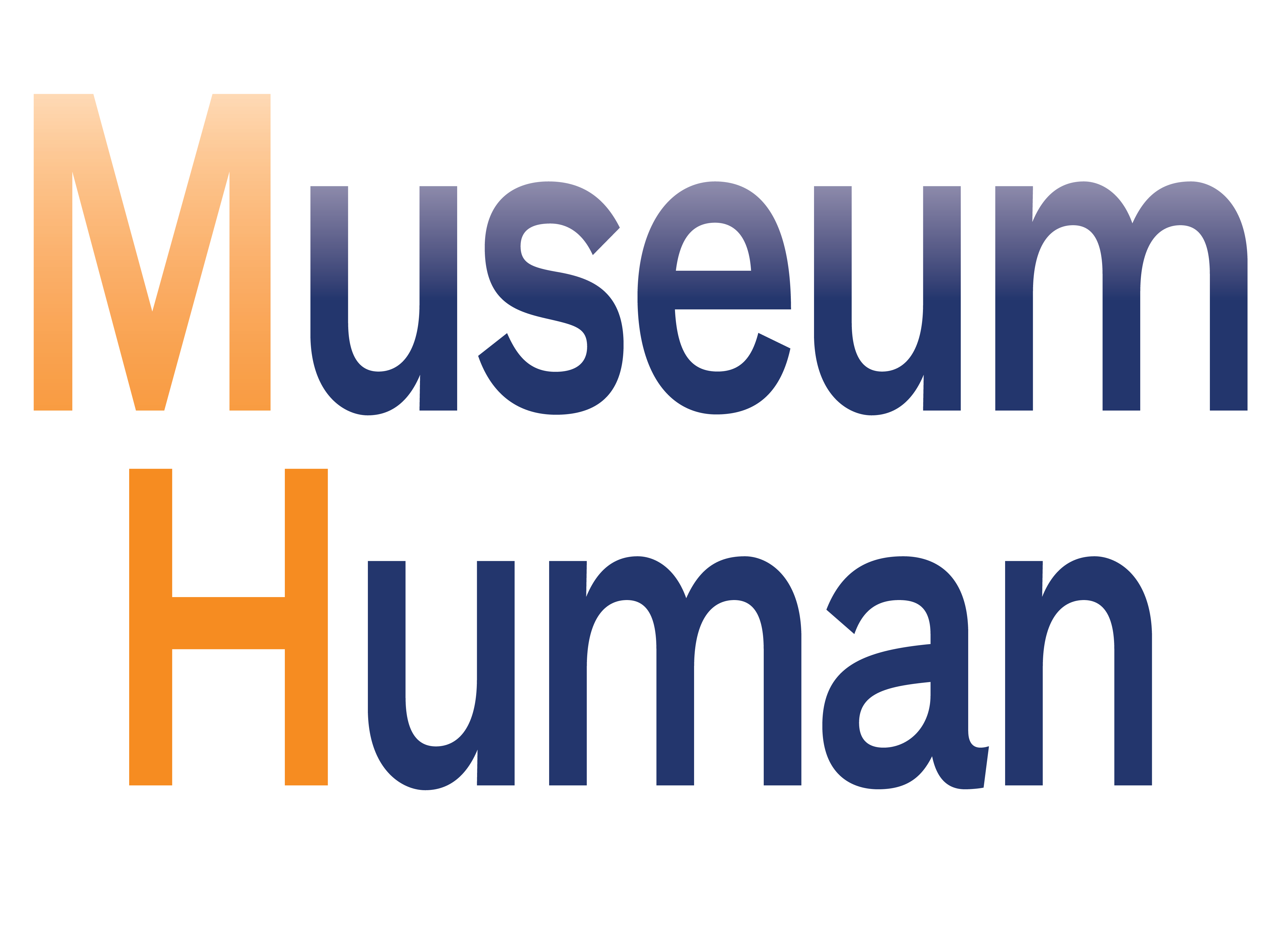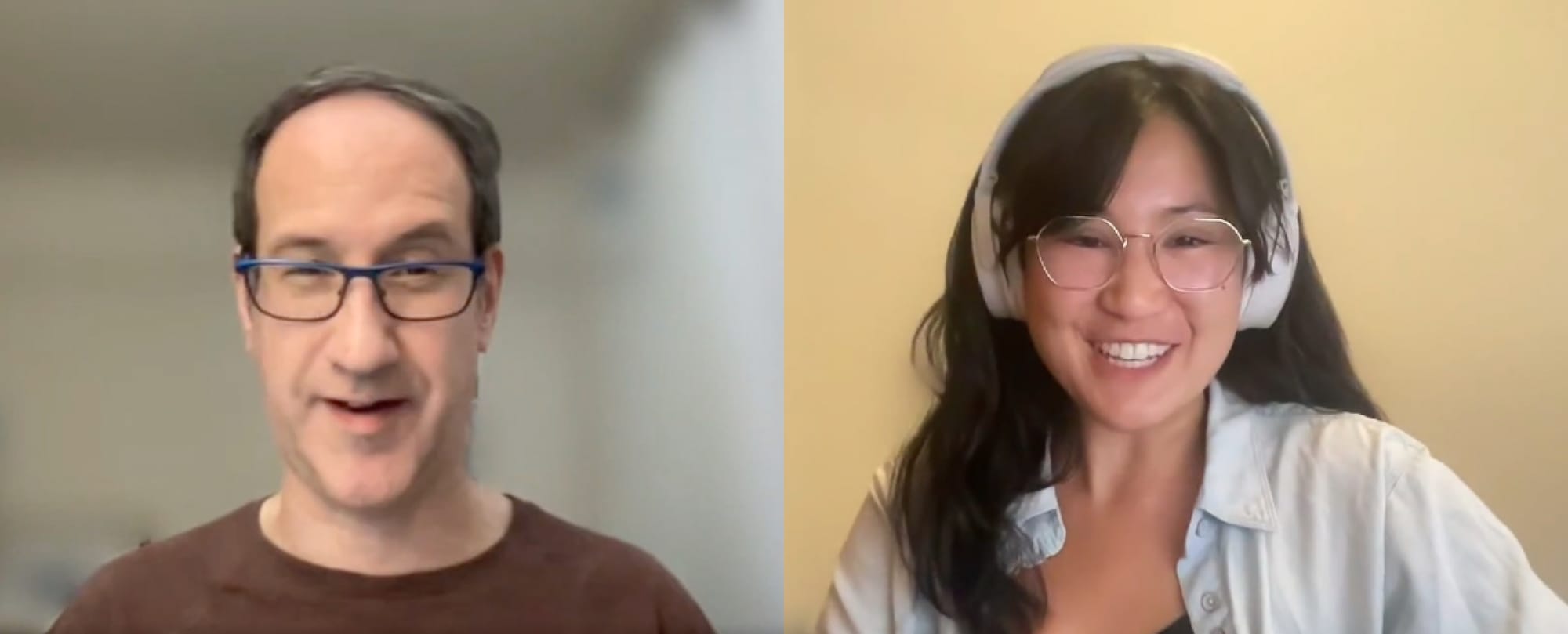
Considering their educational pedigrees, museum workers aren't used to thinking of their institutions as systems.
Let's start this final Links of unofficial northern hemisphere summer with a course of sorts on system mapping. This practice can feel unwelcome to those of us in more analog museum departments where our processes are mostly intuited and unwritten (or where written guidelines are rarely consulted or updated). Even departments with rigorous workflows can still cut corners in times of stress—which, in our current workplaces, is pretty much all of the time.
What I like about studying systems in general and our museum systems, in particular, is how they weave a complex picture of our institutional flows and relationships. Then, good system descriptions demonstrate the effect of inputs and outputs and how they limit or increase flows. Eventually, these maps become detailed enough to provide guidance on how an organization really works, better than the myths and unwritten rules.
I encourage all Museum Human readers to check out systems, whether it's called thinking or mapping. We'll start with a few links on the topic:
One: This Medium series starts here by breaking down organizations into system diagrams. It's more fun than it sounds!
Two: Part two is here. (The series seems to have stopped here, but don't worry, there's plenty more on the topic elsewhere.)
Note that some of this was discussed in Museums As Progress's recent end-of-term sessions on mapping.
Three: The United Kingdom government has this useful internal staff guide to systems thinking. A few highlights, with my emphasis:
- Policy design stage: Confirming goals and understanding the system
- Principle 1: Identify the key issues and establish a collaborating community with a shared goal
- Principle 2: Reach a shared understanding of the problem
- Policy design stage: Co-design and test
- Principle 3: Explore interventions using an understanding of the system and its possible leverage points
- Principle 4: Test the ideas
- Policy design stage: Implement, monitor, and evaluate
- Principle 5: Monitor and evaluate with the community
It feels substantially collaborative; this can be a problem with top-down strategizing and investigations, when other than surveys and focus groups, the decision-making is closely held.
Four: Let's move on to organizations. This article by the co-author of Humanocracy refers to a paywalled article from The Economist that sets up flat orgs as a straw-man utopia. The point is that changing structure won't make organizational toxicity go away; institutions need to commit to accountability for inhumane and disrespectful treatment of colleagues, not just in professional interactions but in the way that they create more work for everyone else because they can. (They may say it's for the content/product, but that's an institutional privilege
Five: This tweet came out over the summer, but museum humanist Mike Murawski asked how people identified when referring to their museum practice—as "we" or "me"?
Q: Do you tend to think in terms of "me" or "we" in your work practice?
—Mike Murawski
It's an especially interesting question for the folks I've mentioned who are "cultural translators," who have a part in many teams but may not be a full member of any of them, and who don't like to reinforce silos.
Six: American leadership in all sectors is getting older, according to the Atlantic. There are a few reasons mentioned in the article, including the rich living longer and the particular US brand of "workism." (Gen X readers may want to check out this New York Times article if they haven't already.) If I can oversimplify generationally (and no doubt increase my chances of getting reader mail), I do think there's something to the idea that Boomers have a simpler conception of organizational power than the more cynical Gen X; Millennials, as the children of Boomers, may share their parents' ideas about the straightforward nature of power even though they are much more likely to want to see it shared beyond its traditional default groups. What influence Gen X parents may have on their Gen Z kids remains to be seen, but it is being guessed at anyway. (Check out what Anne Helen Petersen had to write about Millennial experiences with productivity, which is discussed further below.)
Seven: I agree with this article from organizational rabbler-rousers Corporate Rebels, that the usual privileges of hierarchy—in this case, executive coaching—should be broadly shared throughout workplaces. Wouldn't this kind of coaching lead to a greater diversity of executives? The same, not coincidentally, could be said about agile methodologies—who gets to be agile? Who gets to refuse to work this way?
Eight: Speaking of shared authority, here's Harvard Business Review wondering if it's time for more organizations to consider co-leadership models. As I've noted above, orgs with toxic cultures may find that this isn't a magic solution to that problem.
Nine: MIT's Sloan business school has more on distributed leadership and why it may be the future of management. But are boards reading the same articles?
Ten: John Cutler's substack The Beautiful Mess has this neat little piece on focus and simplification.
Bonus: Circling back to systems thinking, I thought of two posts: this from org culture firm August and this paywalled Substack from org culture guru Stowe Boyd about finding a new way of discussing "productivity." The idea is to move the conversation beyond personal productivity (where people always work harder and, supposedly, more efficiently) to organizational productivity, meaning how can orgs work better so that people don't have to do more. This is related to better systems in our organizations. Boyd discusses a recent New Yorker piece by productivity titan Cal Newport. (Also mentioned is this Times piece on "toil glamour.")
It's nice to talk about prioritizing outcomes to output if we define important outcomes as including worker wellbeing. The problem is that museums, while paying lip service to worker wellbeing, still view outcomes as the best experience for visitors and that too often leads right back to a culture of overwork without any accountability for the decisions of leaders or influential colleagues that force others to scramble and put in extra hours.
I'm not arguing that positive VX is a bad thing, though it's often siloed in museums so that only select departments get to participate in it. But when museums say that they're putting worker experience first, or at least on equal footing with visitor experience, it's all too easy for the org to default to centering the more easily measurable visitor experience. Defining what makes good worker experience, and implementing a plan to make it so, can require more TMPR—Time, Money, People, and Resources—for museums and slow down the rollout of visitor-facing projects.
Getting back to workplaces in general, Boyd writes about Cal Newport, with my emphasis:
We tend to conflate work and business, using them almost interchangeably except when we are trying to make a distinction. That’s what I think is lacking in Newport’s exposition: the dividing line between work and business.
While companies have histories — reflected in their culture, operational philosophy, and corporate tales — they aren’t personal. They are, at best, collective, some sort of an intersection of the experiences of the company’s workforce; but, in actuality, companies aren’t like people: they don’t feel, they don’t have dreams, and they don’t burnout. People do.
(What do you readers think of the idea that organizations don't have memories, dreams, and burnout? This reminds me of discussions about organizations and empathy, that a personal practice can't scale up to institutions.)
People acquire their own lived work experience, day by day, week by week, year by year. What we do and feel at work shapes us, our views, and our psychology. And over the past decades — and especially since the start of the pandemic — a great many of our illusions (or aspirations?) about work and our place in it have been dramatically changed — if not smashed to bits — by the groundwave of tectonic changes in work and society.
The way that companies use ‘productivity’ and their communications about it, are vastly different than how people think and feel about working and their relationship to work.
Interesting stuff.
Systems thinking can help because it can make well-being a part of the equation and not just a positive byproduct. We can map out what makes for worse worker experiences, note how we get there, and prioritize getting to another point.
I know, deadlines need accountability. But if influential museum staffers can see what their institutional-approved demands are doing to their colleagues, it might humanize the whole workflow. And if they don't care, then they're not the right people for the organization if the institution wants to be known as a place where workers are put first.

Liberation
Thinking in systems can involve equally examining discrete parts of the whole and their interrelatedness. Liberation is best served by comfort with both, seeing the whole in the parts and the parts in the whole.
The more people in an organization who contribute to this kind of examination, the more liberation can be achieved collectively. (To restate a question asked above, can an organization be liberated?)
I hope you've had time to relax this (northern) summer and reached some small moments of liberation from attachment to the things that tie and pull you down.
cover image by Kelly Sikkema / Unsplash [description: hands holding a marker, with several blank, square cards on a black background]

Links of the Week: August 31, 2022: The System by Robert J Weisberg is licensed under a Creative Commons Attribution-NonCommercial-ShareAlike 4.0 International License.






